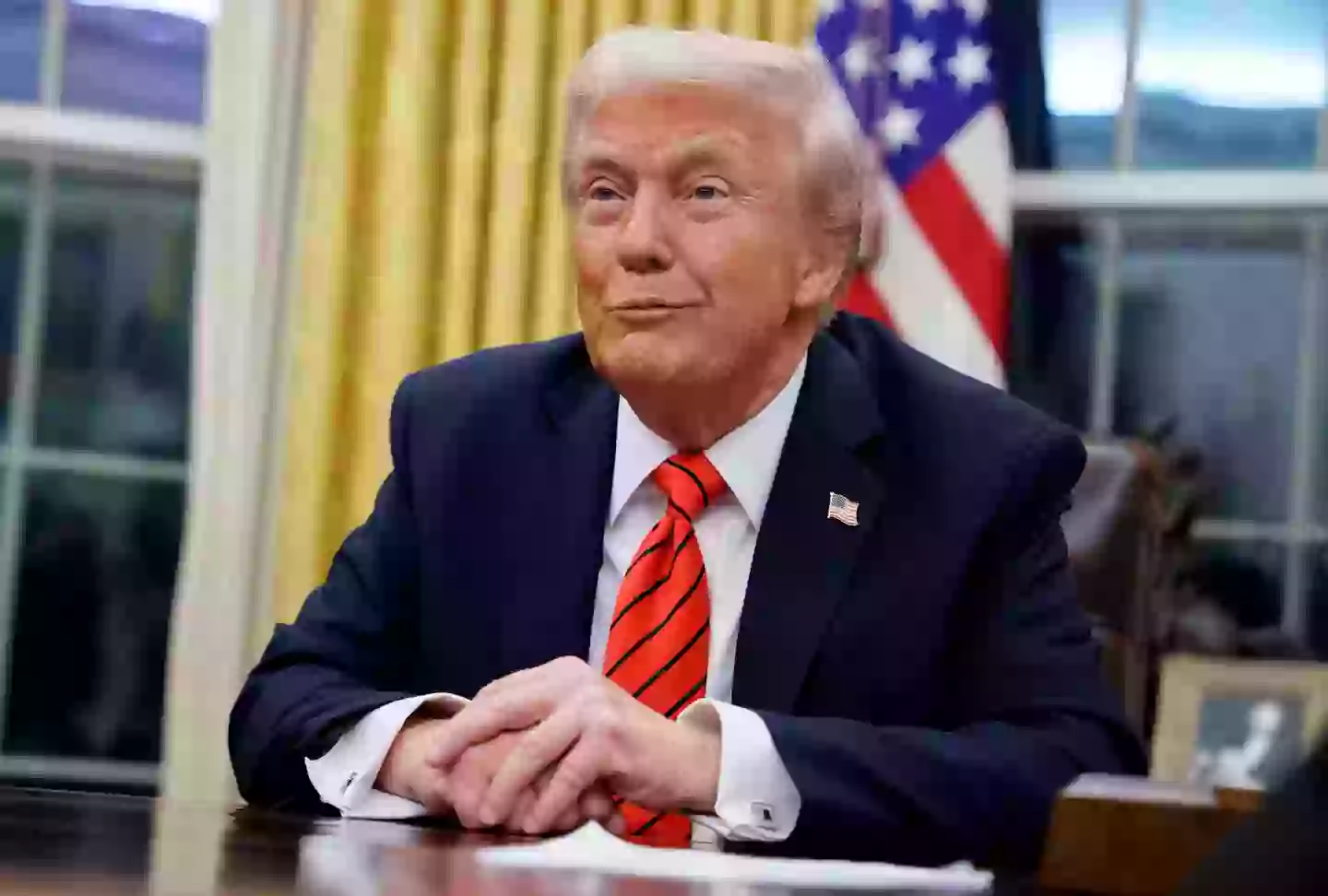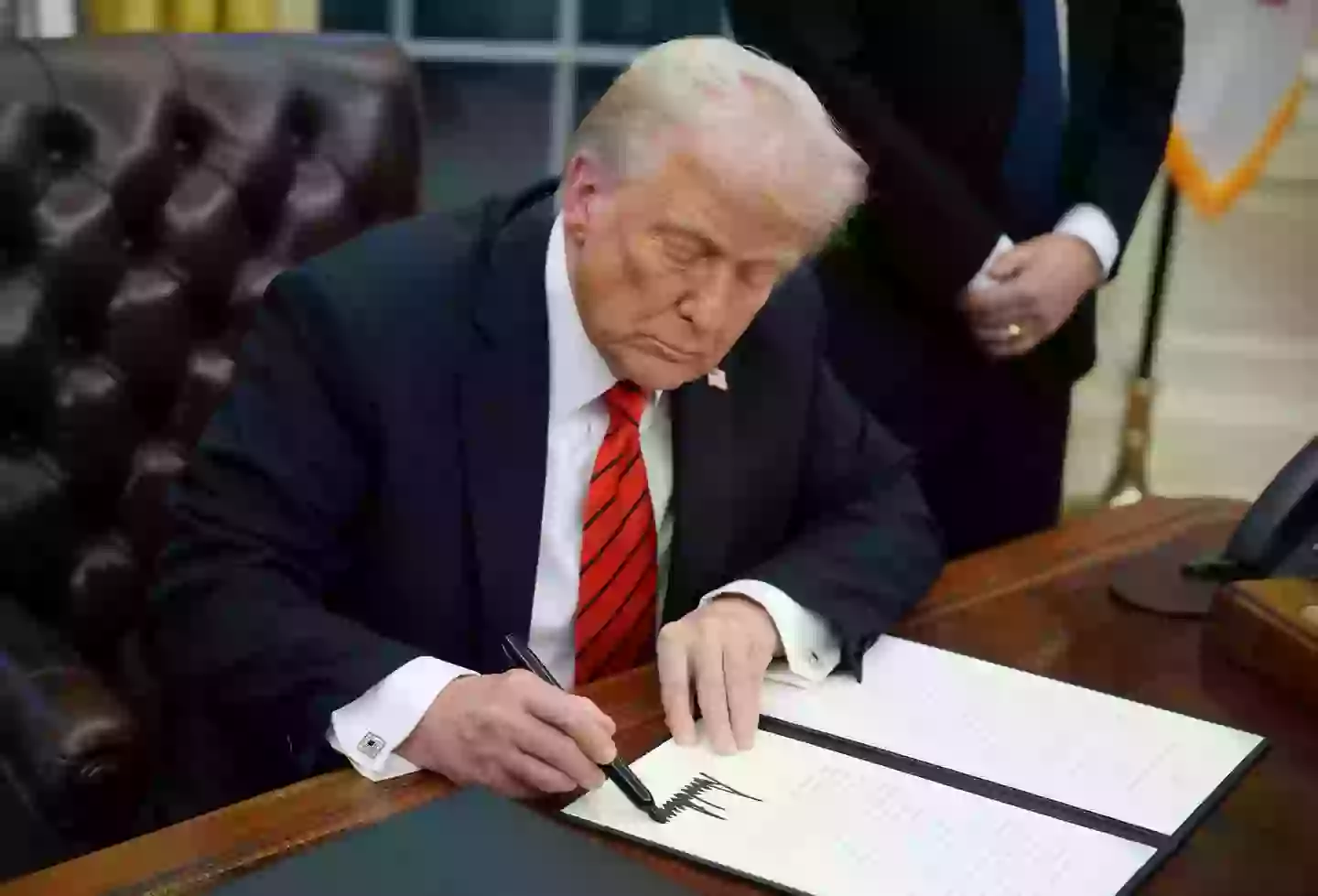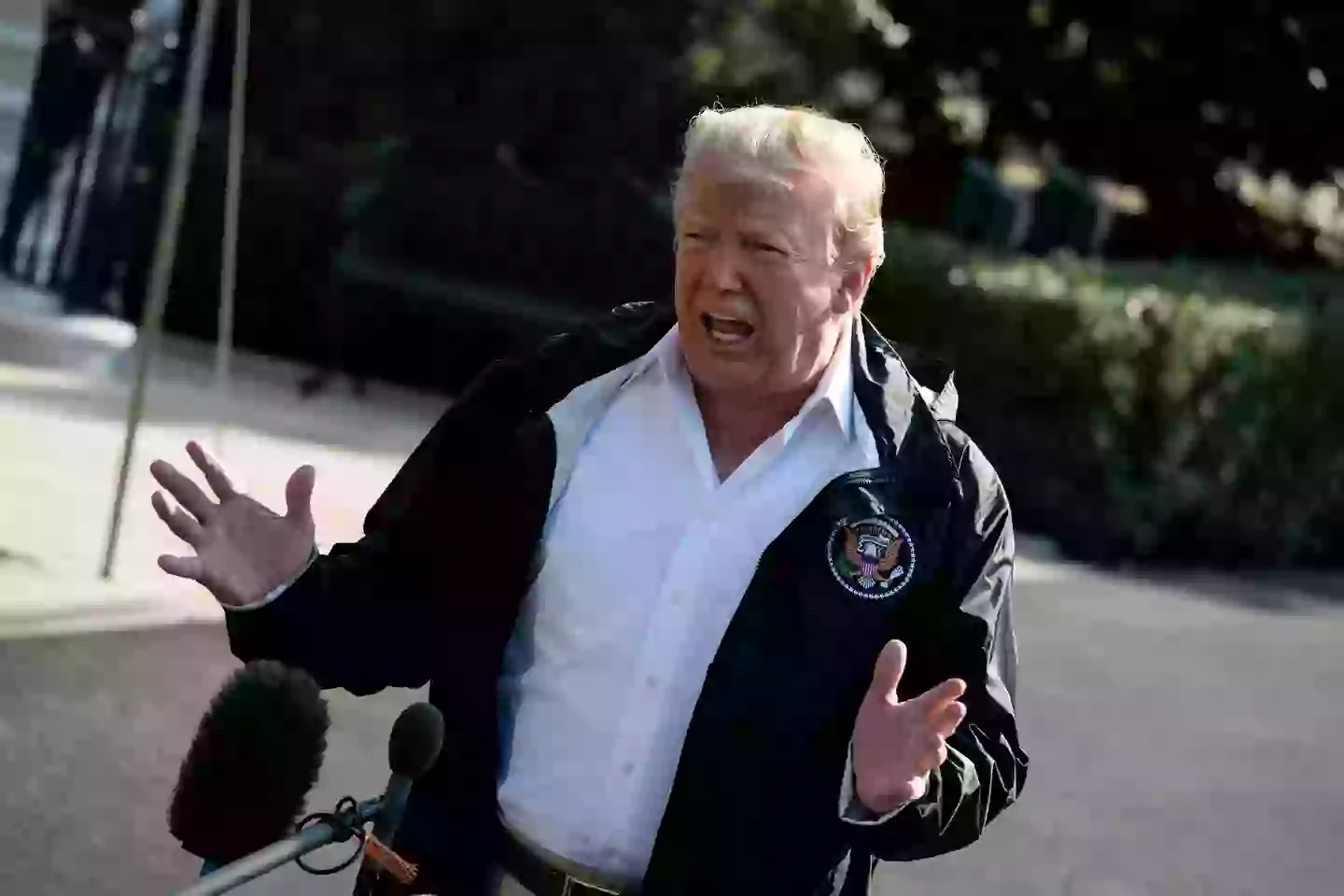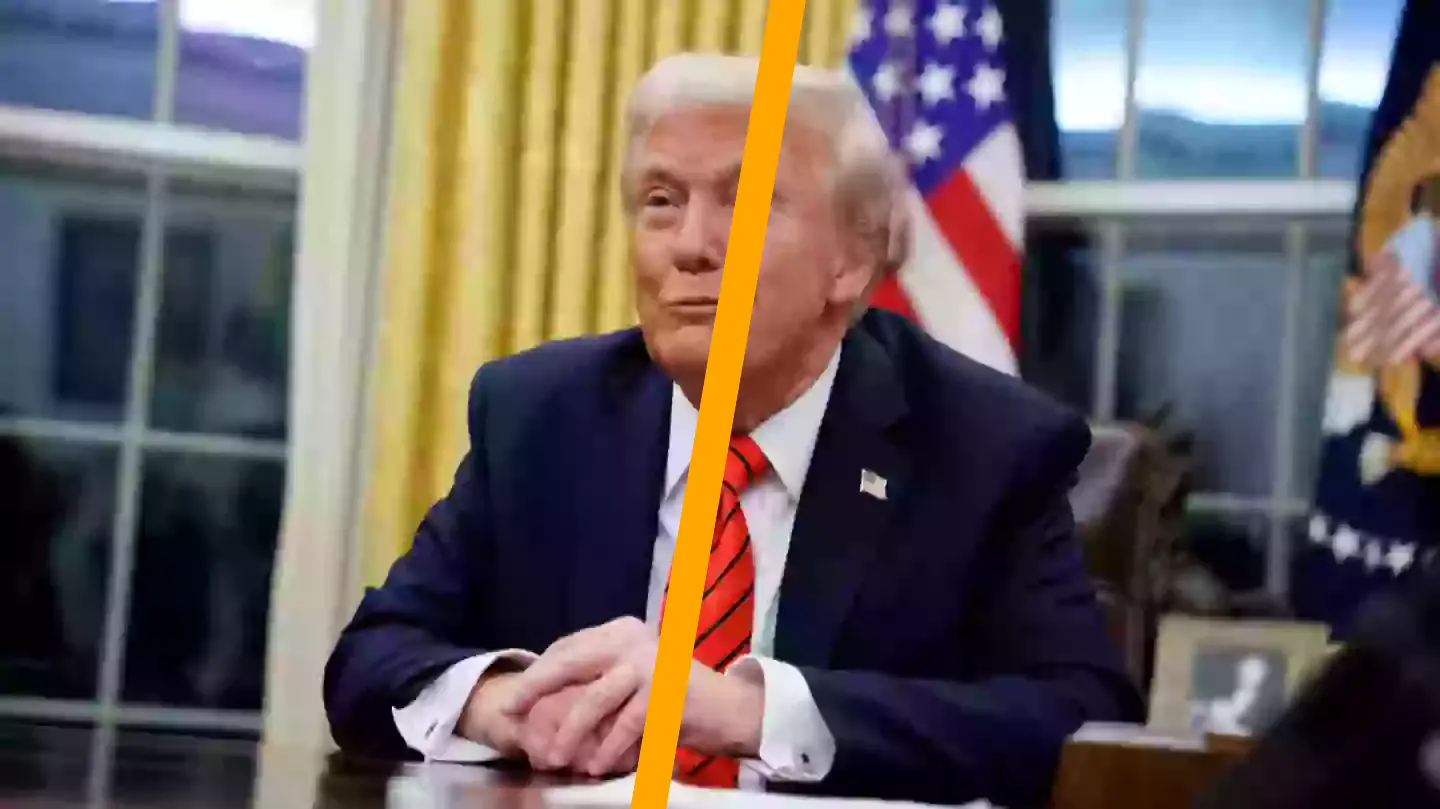Several of Donald Trump’s executive orders have faced legal challenges and have been temporarily stalled due to potential non-compliance with a law from 1946.
Upon taking office as the 47th President of the United States, Donald Trump quickly began signing numerous executive orders, exceeding 50 in just about two weeks.
Not all of these orders have been implemented smoothly. One in particular has been consistently blocked due to the Administrative Procedure Act.
Presidents usually enter office with a specific agenda that they have promoted during their campaign, aiming to fulfill the promises made to voters.
Some initiatives are turned into policies through Congress, while others are enacted by presidents through executive actions, bypassing Congress to establish new laws.
Executive actions involve setting a policy and then assigning it to specific federal agencies, known as executive agencies, for implementation.
However, executive agencies are bound by the Administrative Procedure Act, which means an executive order must comply with it to be enacted into law.
What is the Administrative Procedure Act?

The Administrative Procedure Act is a federal law enacted in 1946 that mandates all administrative agencies of the US federal government to follow procedural requirements, including notice-and-comment rule-making, when developing and issuing regulations, as explained by Thomson Reuters.
Under this act, an agency is required to publish a notice of proposed rule-making in the Federal Register and allow interested parties to engage in the rule-making process by submitting written data, views, or arguments.
The notice must provide a general statement of the regulation’s basis and purpose, allowing the public an opportunity to participate in the process and helping the agency educate itself before implementing regulations and procedures that significantly affect the regulated community.
If the compliance of an executive order with the act is questioned, it can be legally challenged in court and temporarily halted.

In essence, Trump doesn’t have the freedom to sign off on any executive order and have it automatically become law.
If any of Trump’s orders are found to violate the Act, or if a challenger can persuade a judge that it is “arbitrary and capricious,” the order can be blocked from being enforced.
Many of Trump’s orders have been temporarily halted by various courts, preventing their enforcement until a federal court determines their legality.
Even if a court rules against an executive order, the decision can be appealed and taken to the Supreme Court, which has the final authority.
What executive orders of Trump are currently under scrutiny?

Elon Musk’s Department of Government Efficiency (DOGE) has been denied access to sensitive federal government payments due to a legal challenge by union members and others, resulting in a federal judge issuing a temporary block.
Another legal action by union members was denied a temporary restraining order, while nineteen states filed a similar lawsuit arguing Musk’s access to personal data is unconstitutional.
And there’s more:

